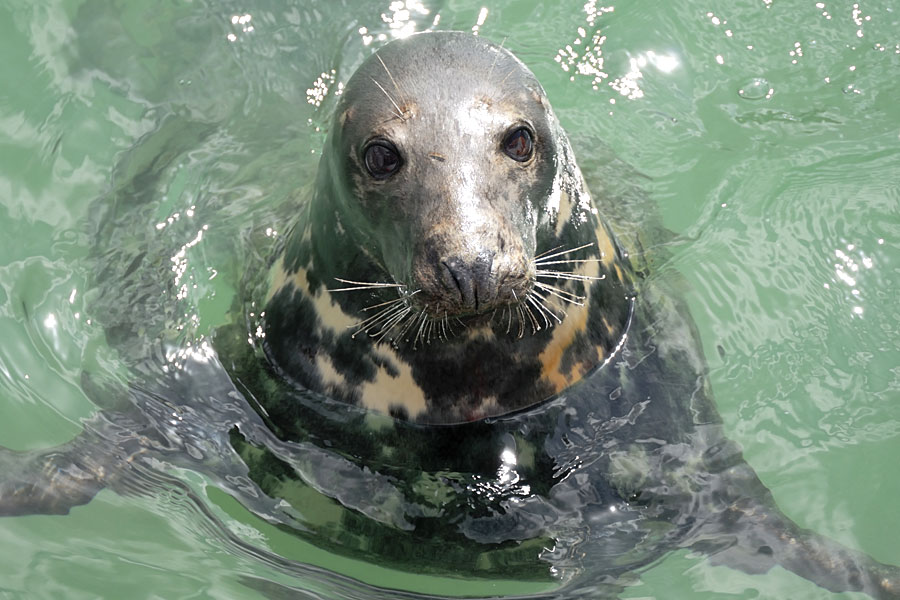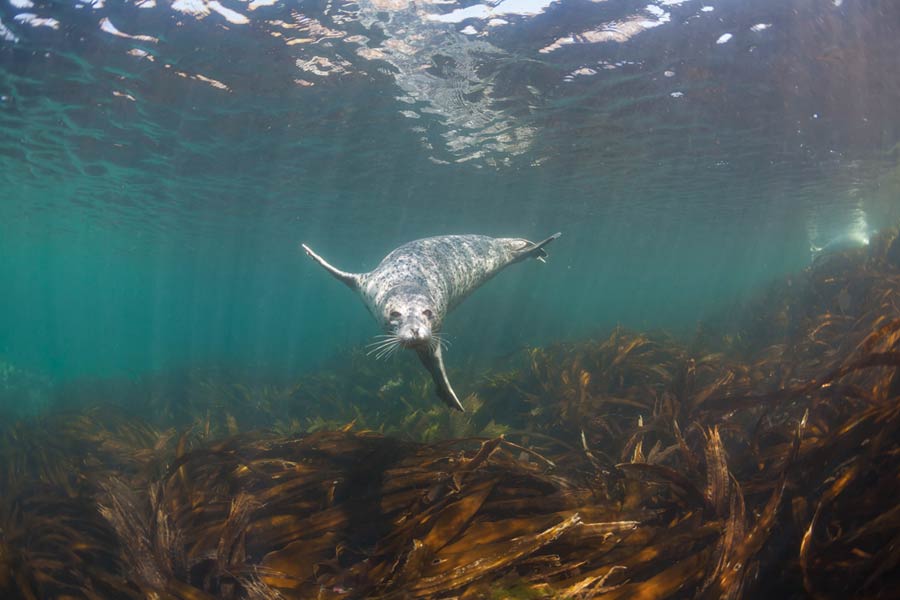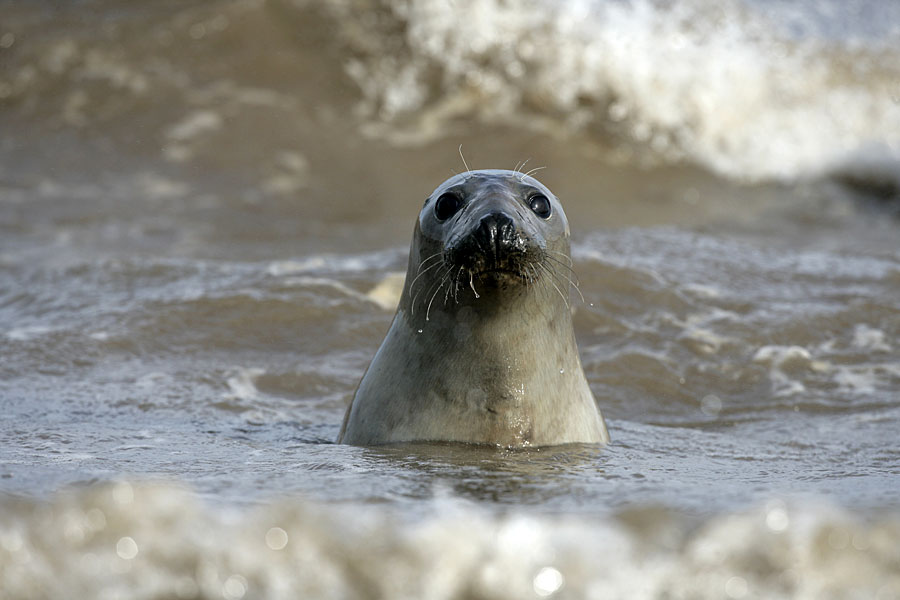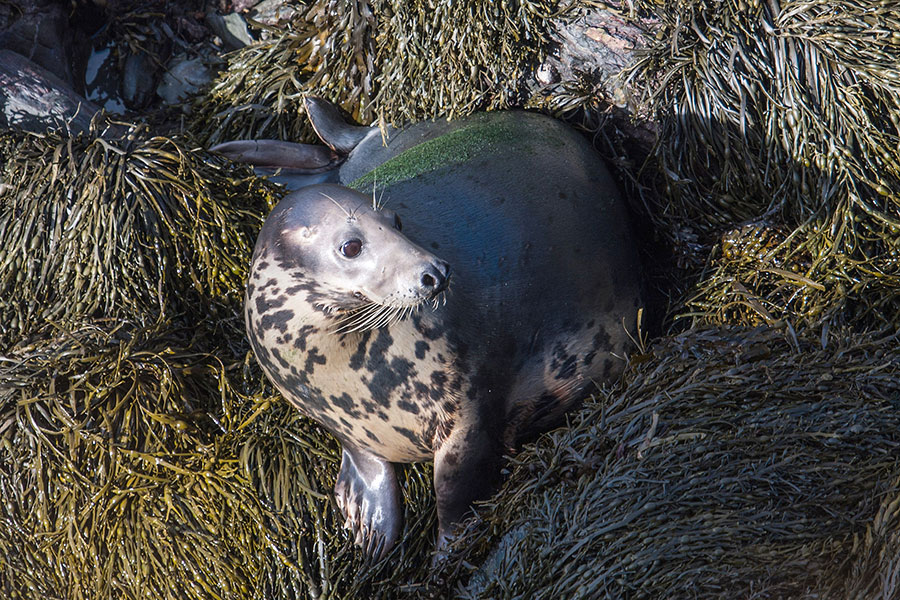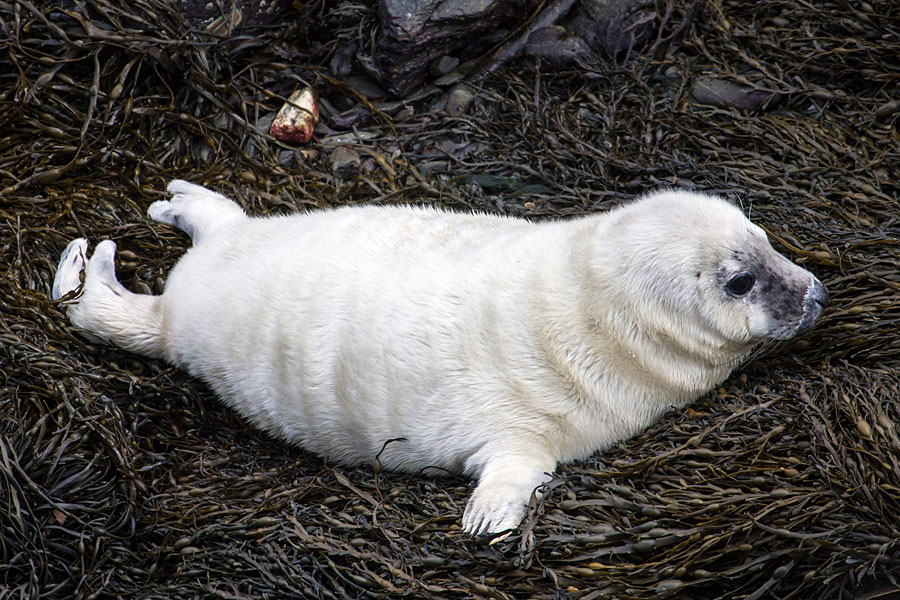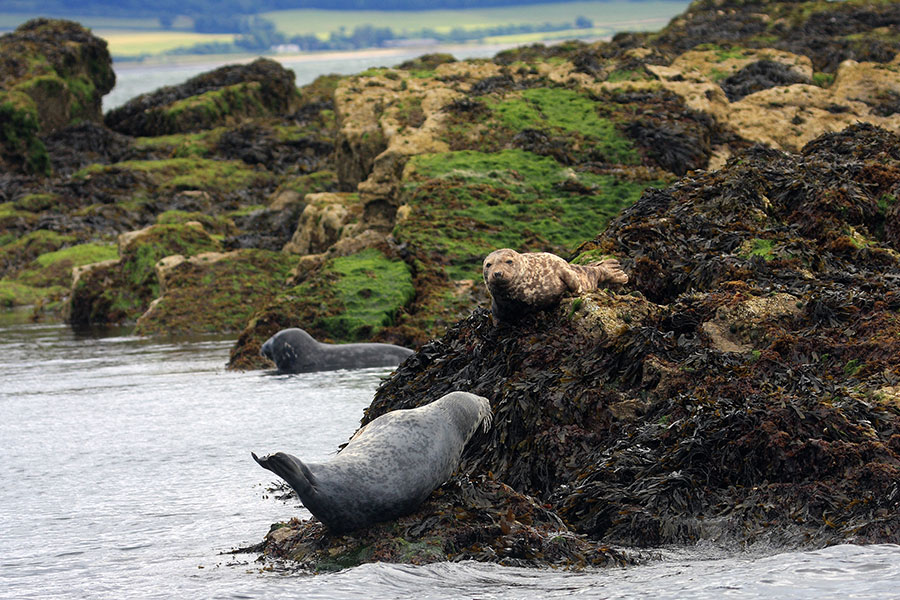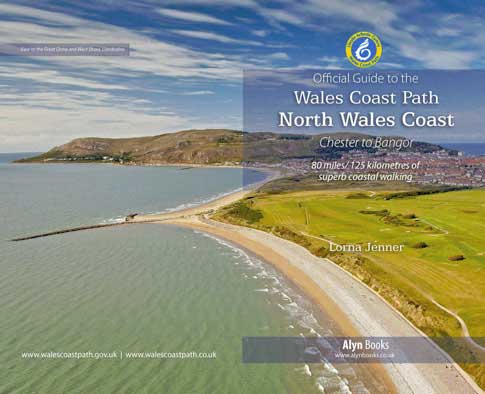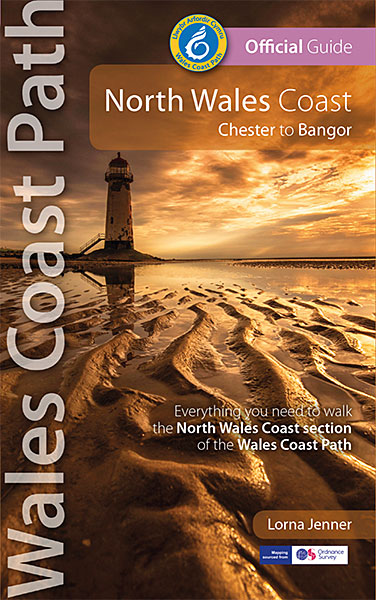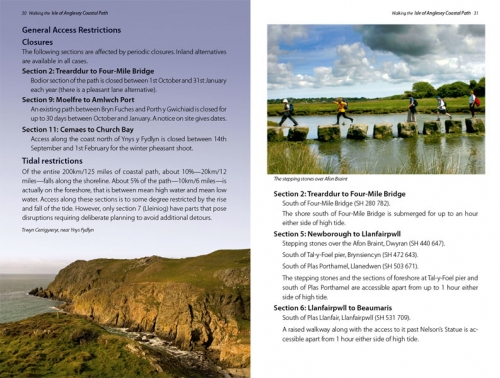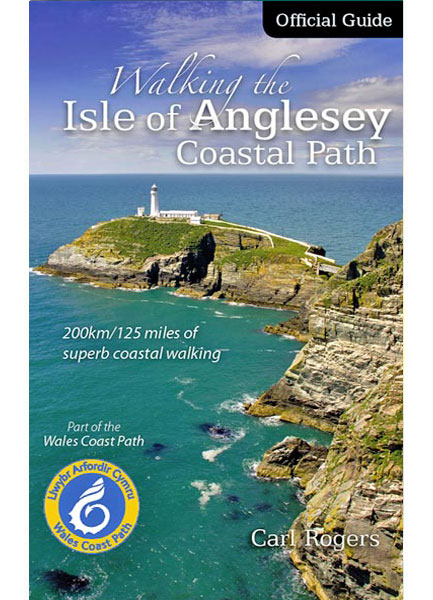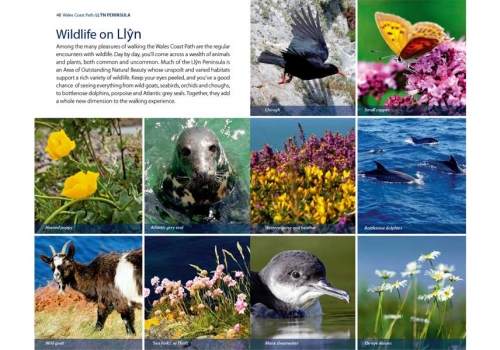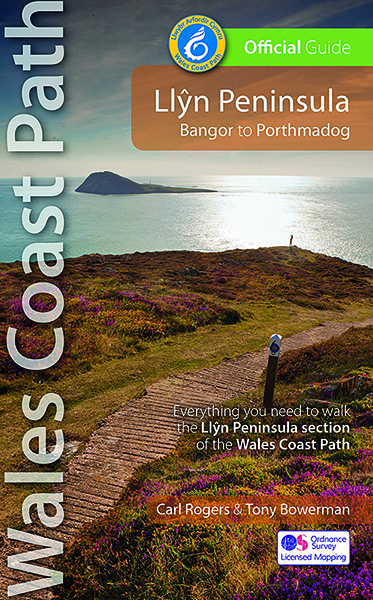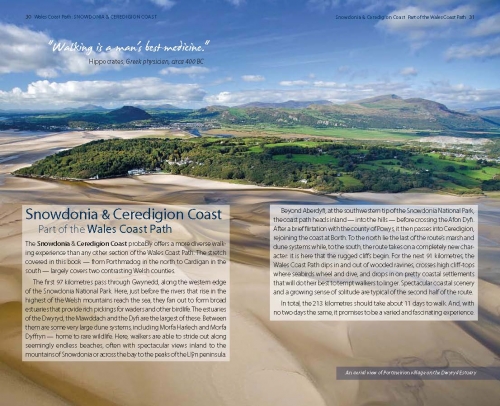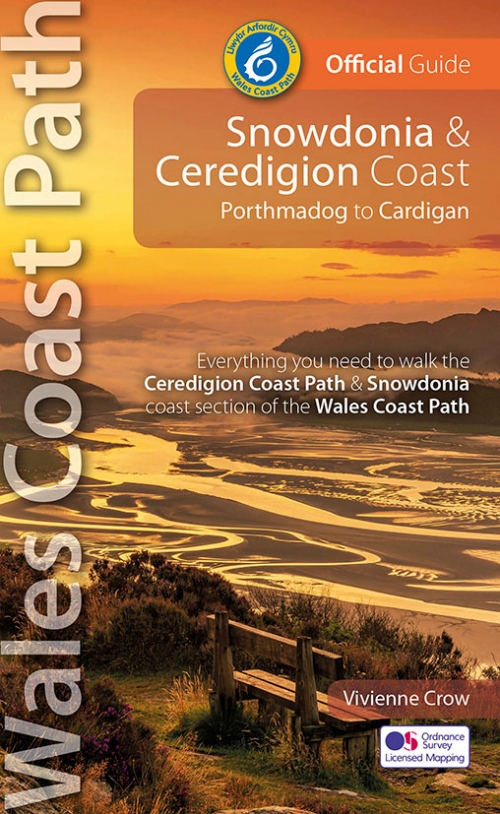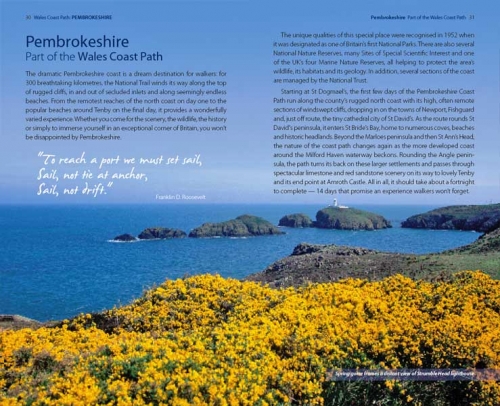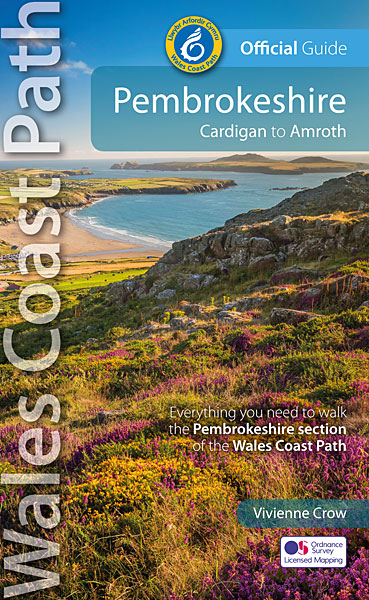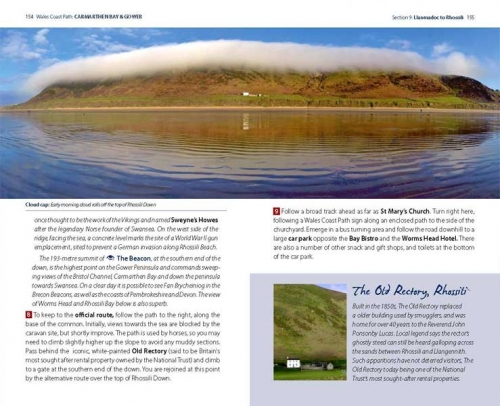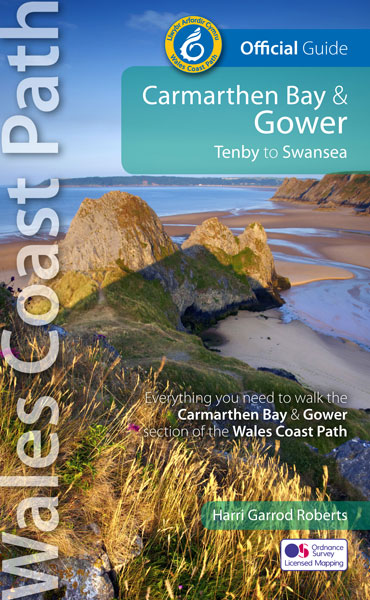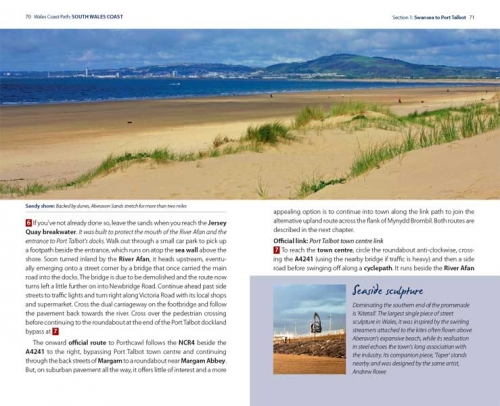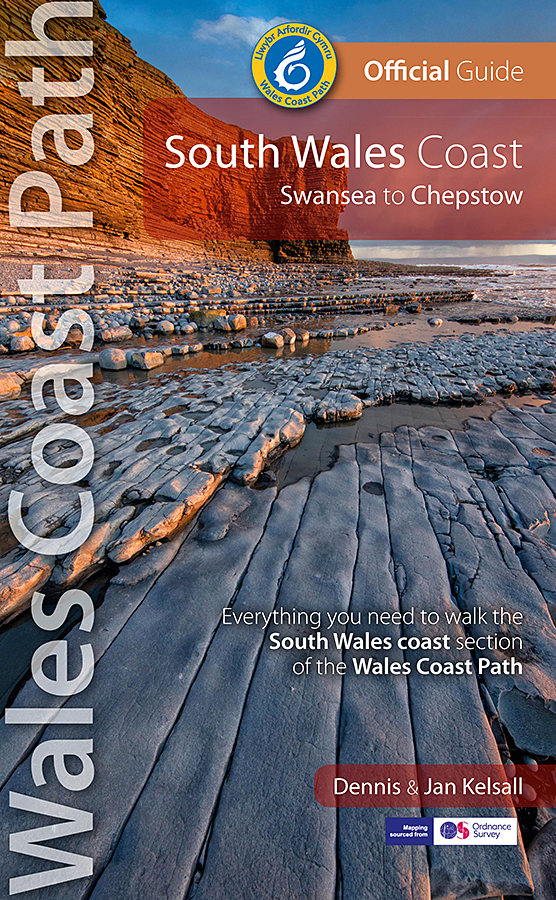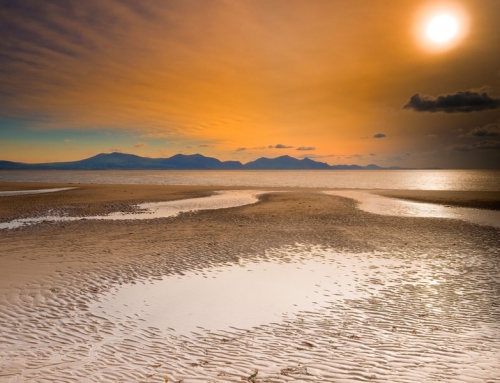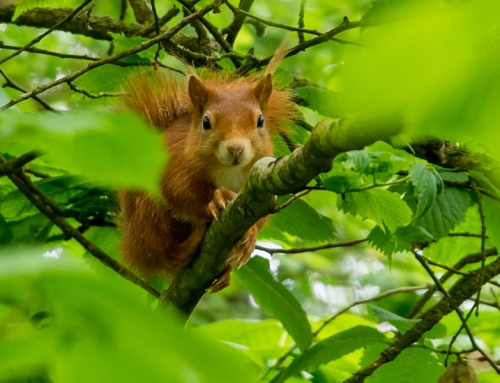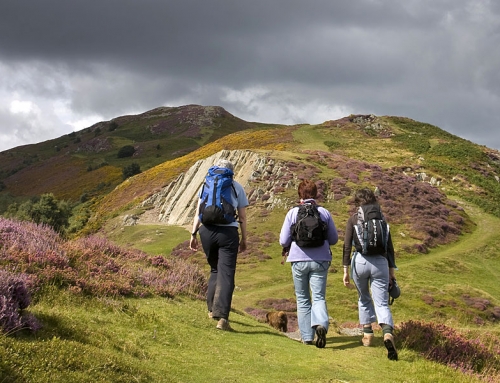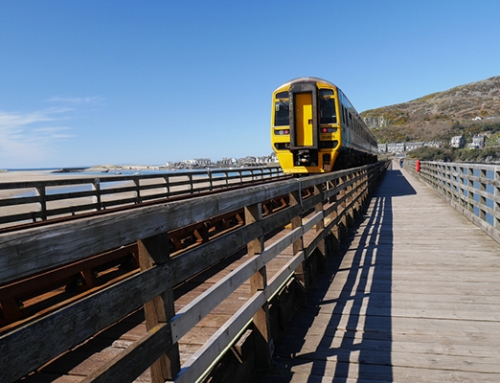Grey or Atlantic seals are naturally inquisitive and will swim close to shore to stare at walkers
Want to watch seals on the Wales Coast Path? Tony Bowerman tells you all the best spots
Seals around Britain
TWO KINDS OF SEALS ARE FOUND IN BRITISH WATERS: Atlantic grey seals and common/harbour seals. So-called common seals (which are actually far less numerous) mostly inhabit the east coast, with grey seals predominant on Britain’s wilder, west, Atlantic coast. In fact, more than half the world’s grey seal population lives and breeds around the UK coast. There are as many as 60,000 Atlantic grey seals around the rugged Welsh coast and you’ve a good chance of seeing them most days as you walk the Wales Coast Path. (For more details, see the wildlife section in each of the Official Guides to the Wales Coast Path). They tend to favour quieter, rocky parts of the coast but have favourite areas where your chance of spotting them, often in surprisingly large numbers, bobbing in the water or ‘hauled out’ on the rocks, increases sharply. Knowing where to look makes a big difference.
Atlantic grey seals
Grey seals, or Halichoerus grypus — which in Latin means ‘hooked-nose sea pig’ — are the larger of the two UK seal species, with the males weighing up to 300 kilos and females 200 kilos. They’re big, robust mammals that typically live for around 25-30 years. Although they may look clumsy on land, grey seals are superb athletes in the water. They can travel up to 100 kilometres a day, hold their breath for over an hour underwater, and dive to depths of almost 1,500 metres. As the light dims at such depths, the seals rely on their long whiskers to feel for prey.
Seals spend up to 40 per cent of their time out at sea hunting for food on trips that last from two to five days. They are opportunist feeders, but much of their diet consists of sand eels, whiting, herring and cod. When not feeding, they like to snooze and digest their last meal ‘hauled out’ on sand banks, rocks and isolated beaches.
Seals can be seen swimming around the Welsh coast all year round. But as autumn approaches, the seals head off to their breeding grounds. By late August and September, many will have travelled to the rocky coasts, sea caves and secluded beaches around Pembrokeshire — with colonies, or busy ‘rookeries’, on offshore islands such as Skomer and Ramsey. After breeding both adults and pups will often return to their favourite haunts elsewhere around the coast. Seals also come ashore to moult in winter and early spring.
Seal watching is best done from the coast path, ideally with binoculars. Seals are curious, and you’ll often see their dog-like heads bobbing in the water close to shore. You can even ‘sing’ to them to bring them in closer. But remember, seals are protected by law; so please avoid disturbing them: keep quiet, keep a low profile and keep your distance. Drones and dogs don’t mix with seals either, and are a real no-no.
Grey seals, or Halichoerus grypus — which in Latin means ‘hooked-nose sea pig’ – are the larger of the two UK seal species, with the males weighing up to 300 kilos and females 200 kilos.
Best places to see seals
So, where are the best places to see seals around Wales? Let’s explore around Wales, from Chester in the north to Chepstow in the south.
Best places to see seals in North Wales
Seals are occasionally seen in the river Dee close to Chester. But the largest numbers congregate on the sheltered east side of the West Hoyle sandbank, just off Hilbre Island, at the mouth of the Dee Estuary. As many as 800 have been counted ‘hauled out’ on the sand here. They’re best seen with binoculars from Hilbre Island or one of the shrimping boats, or ‘nobbies’ that fish the estuary.
Further along the North Wales Coast, seals habitually gather at Angel Bay on the Little Orme and, at low tide, a few will haul out on the inaccessible pebbly beach. It’s a well-known spot but please keep away from the cliff edge and don’t try to descend to the beach.
Best places to see seals in Anglesey
Anglesey’s rocky north and east coasts support resident grey seals too; good vantage spots include the seas around Fedw fawr/Penmon Point. Boat trips from Beaumaris will take you out to Puffin Island, just offshore, with its long-established seal colony. Continuing along the eastern coast, the coast path runs through the Dulas estate with its red squirrels, skerries and local seals. Other Anglesey hotspots for seal spotting include Traeth Porth Wen, Point Lynas, Cemlyn Bay, Aberffraw and Llanddwyn Island. Seals also breed in sea caves below North Stack on Holy Island, and on the offshore skerries.
Best places to see seals on the Llyn Peninsula
The Llyn is a seal stronghold. The rocky coast below the triple peaks of Yr Eifl, between Trevor and Nant Gwytheryn, is a favourite area with seals. They can often be seen close in at the eastern end of the beach at the Nant, too. Further west, the long promontory at Porth Dinllaen provides a favourite hunting ground and a regular ‘haul out’ on rocks beyond the lifeboat station. In fact, seals are often seen along much of the rugged northern coast and around the tip of Llyn where it faces out across the sound to Bardsey/Ynys Enlli and on to Porth Meudwy, close to Aberdaron. Large breeding colonies are also found on Enlli and the St Tudwals islands, just off Abersoch.
Best Places to see seals on the Snowdonia and Ceredigion coasts
The Ceredigion coast is rich in marine wildlife. The Cardigan Bay Special Area of Conservation stretches for some 20 kilometres along the coast and protects wildlife in 1000 square kilometres of the Irish Sea, which means it’s great for everything from porpoises and dolphins to turtles, sunfish and seals. Atlantic Grey Seals love Cardigan Bay’s secluded coves and sea caves. especially when the female seals, or ‘cows’, need quiet places to give birth and rear their young pups from late August until December. Seals can often be seen from the coast path, especially around Mwnt, Cwmtydu (which means ‘bay of the seals’ in Welsh) and Bird Rock near New Quay. Either sit quietly on the cliffs and watch through binoculars or take one of the many boat trips that allow you to view the seals from the water. Popular tours run from New Quay and Aberaeron.
Best places to see seals in Pembrokeshire
There are an estimated 5,000 seals around Pembrokeshire’s rocky coast. Good places to spot them include below cliffs around Moylegrove, Strumble Head, the Marloes peninsula, Martins Haven, St Davids Head and Cemaes Head. The famous Blue Lagoon has recently become popular with breeding seals and is now shut by the National Trust during the pupping season.
Offshore islands like Skomer and Ramsey are particularly popular with seals. Around 100 live around Ramsey all year round, but during the breeding season, the number swells to thousands. Between 500 and 700 pups are born on Ramsey each year, making it the largest grey seal pupping site in southern Britain.
Seals can often be seen best from the water and there are regular seal spotting boat trips around Skomer, Skokholm, Ramsey and Caldey. Seal Safari trips and RIB rides can be booked out of Tenby, too.
Best places to see seals around Carmarthen Bay and Gower
There’s a resident population of grey seals off the long promotory of Worms Head, near Rhossili, on the Gower. They’re best seen from boat trips running from Oxwich Bay out to the rocky promontory of Worms Head and its resident seals. Seals also frequent Bracelet Bay and the rocky Mumbles coast, off Swansea.
Best places to see seals on the South Wales Coast
The Glamorgan Heritage Coast stretches for 14 unspoilt miles between Aberthaw and Porthcawl. Grey seals are frequent visitors to the rocky limestone coast. Hotspots include Ogmore, Llantwit Major, Nash Point, and St Donats. Seals are occasionally seen in the river at Cardiff, and there are recent reports of a family of seals feeding in the river Wye at Chepstow.
This article was written by Tony Bowerman, and appears here for the first time. (C) Copyright Tony Bowerman 2022. All rights reserved.
Tony Bowerman is a director of Northern Eye Books Ltd, and loves nature and the outdoors. At one time he contributed articles to several national newspapers and magazines. He later worked as an ‘interpretation consultant’ for clients such as the National Trust, Welsh Water, County Councils and Wildlife Trusts. He is a member of the Outdoor Writers and Photographers Guild.
Contact: tony@northerneyebooks.co.uk
Books and maps for this part of the coast


